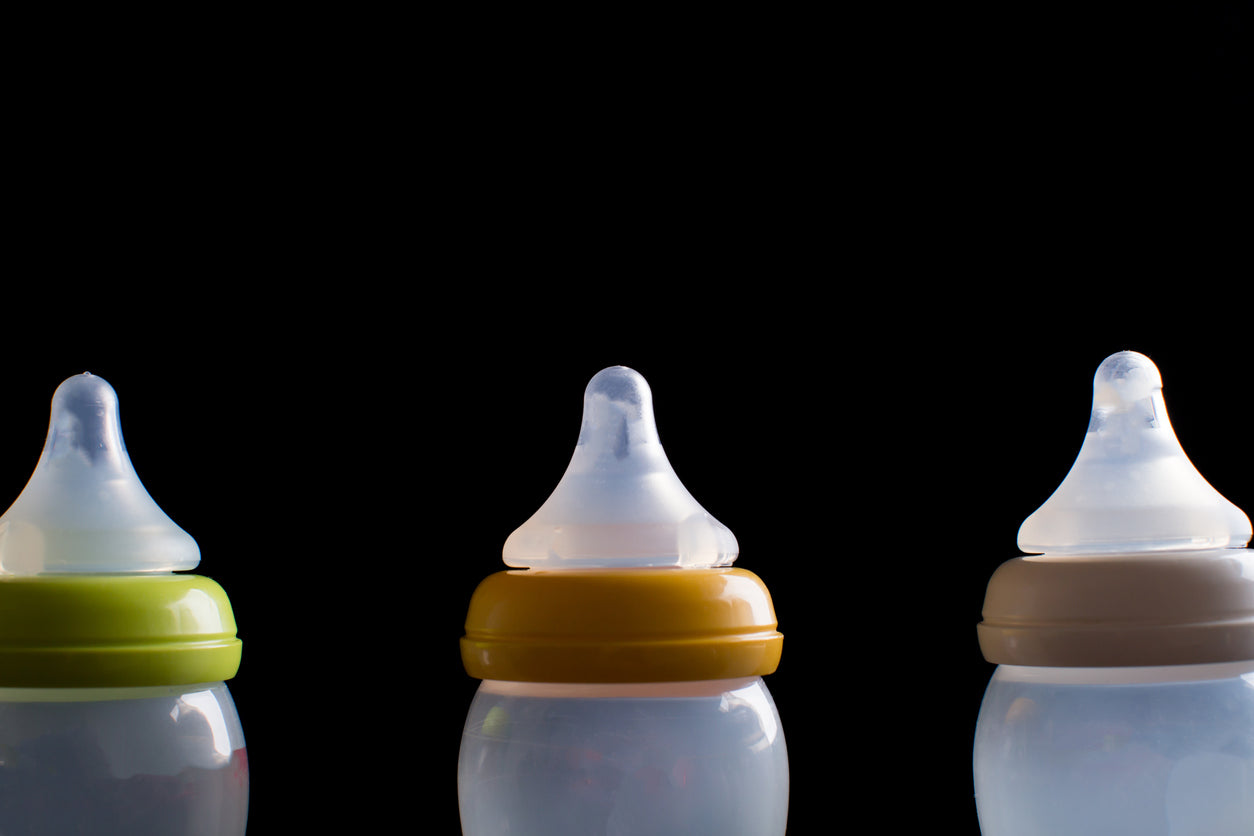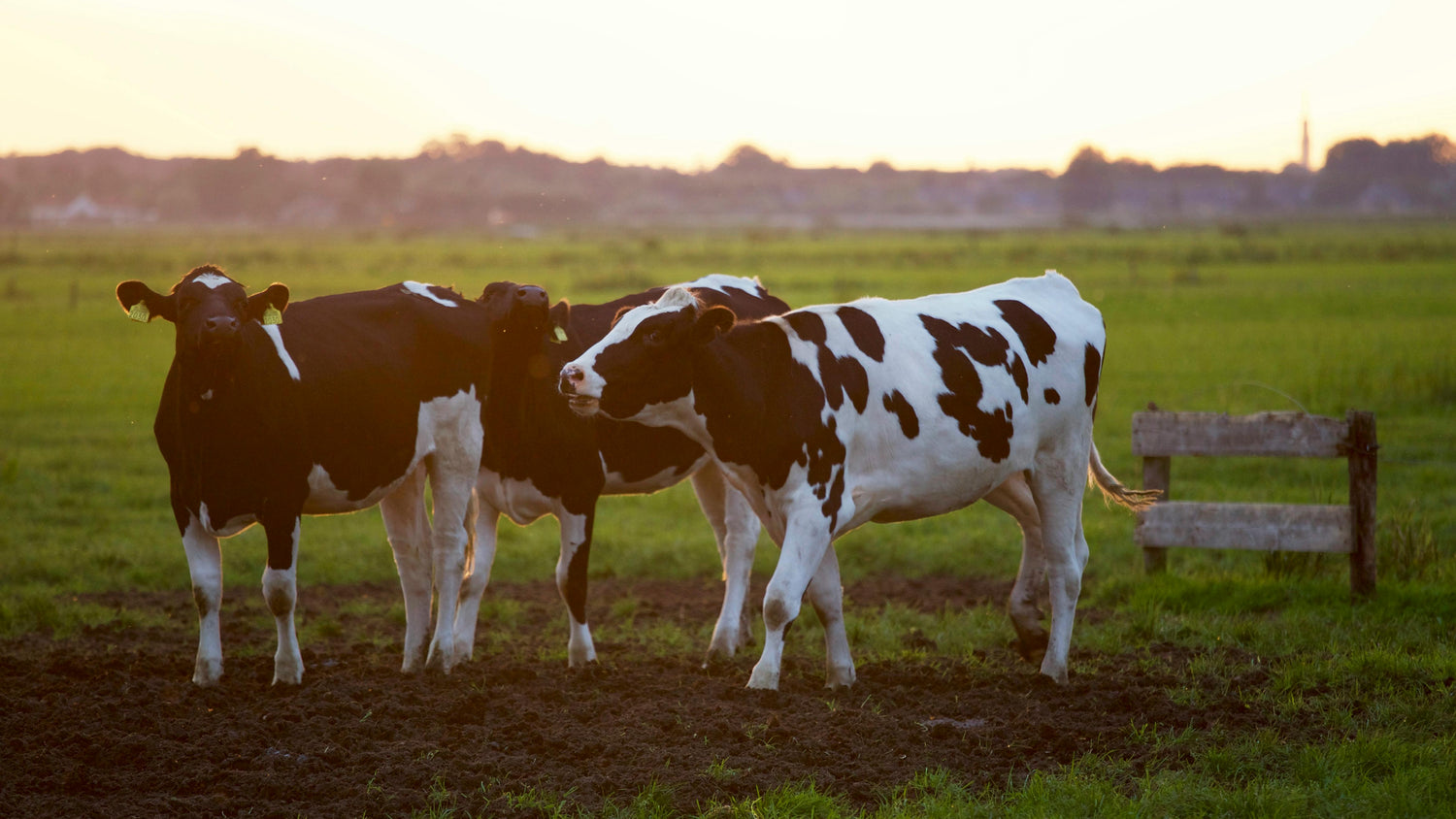
Exploring the Components of European Baby Formula
Poppy Eleanor MustamuWhen it comes to nurturing little ones, understanding the ingredients that make up baby formula is crucial. This knowledge empowers caregivers to make informed choices regarding the best products for infants' needs. In the European Union, strict regulations govern the assessment of nutritional content in infant formula.
The composition of baby formula can vary depending on the specific type, catering to specific dietary requirements while maintaining an overall nutritional foundation. These standards are informed by recent scientific discoveries to ensure infants receive the nourishment they need for optimal growth and well-being.
In this article, we delve into the composition of various baby formula options available at Organic Formula , exploring the reasons behind the inclusion of these key elements.
Types of Baby Formula
1. Cow's Milk Formula
Most infant formulas use cow's milk as a base, which is carefully adjusted to mimic the nutritional profile of breast milk. It contains two primary proteins, whey and casein, both providing essential amino acids. The whey-casein ratio may vary among brands and products, influencing digestibility. Cow's milk formula features higher levels of essential nutrients such as vitamin B12, selenium, and folic acid in comparison with with goat's milk formula. However, it's worth noting that both cow's milk and goat's milk formulas present nutritional values that are closely aligned.
2. Goat's Milk Formula
In the European baby food market, goat's milk formula, exemplified by brands like Holle, has gained remarkable traction. Since 2012, the European Food Safety Authority has bestowed its endorsement upon goat's milk infant formulas as a secure and wholesome choice for infants. Notably, goat's milk stands out with its inherent richness in protein levels, linoleic acid content, and swift digestibility, attributed to its smaller fat molecules. A significant advantage is that goat milk's protein composition closely mirrors that of human breast milk, rendering it a viable option for individuals with mild lactose intolerance, without any concerns about cow's milk allergy.
Specialized Baby Formula Categories
When standard options might not meet every child's needs due to allergies, sensitivities, digestive concerns, or other factors, it's advisable to consider specialized formulas. Always consult with pediatricians before modifying your children's dietary choices.
1. Hypoallergenic Formula
HiPP Hypoallergenic formulas contain hydrolyzed proteins sourced from casein or whey. This process breaks down complex milk proteins into more easily digestible and allergen-reduced forms, with the aim of minimizing allergy risks in sensitive infants.
2. Comfort Formula
HiPP Comfort formulas also incorporate hydrolyzed protein while reducing lactose content, providing relief for various digestive issues.
3. Anti-Reflux Formula
HiPP Anti-reflux formulas introduce natural thickeners, such as carob fruit gum, to enhance food retention in the stomach, resulting in reduced regurgitation and vomiting.
Nutritional Composition in Baby Formulas
Baby formulas consist of essential macro and micronutrient elements, encompassing proteins, fats, carbohydrates (macros), and vital vitamins and minerals (micros). These components are critical for supporting the growth and development of infants.
Proteins
Whey and casein are the primary proteins found in milk-based formulas. It's important to note that breast milk initially contains a higher whey content, which is crucial for rapid absorption and providing energy to newborns. The whey-casein ratio typically levels out to around 60% whey and 40% casein, a balance also reflected in cow's milk formulas.
Fats
Infant formulas, like breast milk, contain a variety of essential fatty acids that are indispensable for energy, brain development, and immune defense. Popular European formulas often incorporate fatty acids such as palmitic, oleic, linoleic, stearic, and alpha-linolenic acids, contributing to enhanced vitamin absorption.
Carbohydrates
In accordance with EU regulations, a minimum of 30% of the carbohydrates in infant formulas should be derived from lactose, closely resembling the composition of human milk. Some brands opt for approved alternatives like maltodextrin, glucose, glucose syrup, and starches. It's noteworthy that European formulas refrain from utilizing corn syrup.
Vitamins and Minerals
Infant formulas are enriched with essential vitamins and minerals present in breast milk. These include Vitamins A, D3, E, K1, C, B1, B6, B12, in addition to zinc, manganese, iodine, copper, and selenium. These vitamins and minerals offer various benefits:
- Vitamin A supports skin, eye, hair health, and fortifies the immune system.
- Vitamin B1 aids in energy conversion and helps prevent complications across different bodily systems.
- Vitamin B6 promotes brain development and reinforces the immune system.
- Vitamin B12 nurtures nerve health and plays a role in blood cell production.
- Vitamin C acts as a protector against infections and facilitates healing, bone health, and muscle development.
Key Ingredients in Baby Formulas
Beyond the essential nutrients, let's delve into the primary ingredients and their significance:
Iron
Iron plays a vital role in distributing oxygen and supporting early neurological development, as recommended by ESPGHAN . Infants typically need 4 to 8 mg of iron in their formula, and as they grow, they can gradually introduce iron-rich foods. Premature or low birth weight babies might require additional iron in their diets.
DHA (Omega-3)
Since 2020, the European Commission has mandated the inclusion of the polyunsaturated fatty acid DHA (Omega-3) in all infant formulas. This requirement isn't applicable to American formulas. DHA carries numerous potential benefits, from nurturing the growth of the nervous system to supporting the development of retinas. Studies suggest that sufficient early-life DHA intake can positively impact long-term health and development.
Probiotics and Prebiotics
These ingredients play a vital role in enhancing gut health and collaborate to cultivate healthy microflora. They also boost the protective capabilities of the immune system. Probiotics, which are beneficial microorganisms, stimulate the growth of healthy intestinal microflora, thereby enhancing digestion and immunity.
Soy
The benefits of soy for infants have been the subject of debate. Soy-based formulas typically contain isoflavones, which are similar to estrogen. However, there is no conclusive evidence to suggest harm to infants. Soy is also utilized in both soy-based and milk-based formulas, providing a source of fiber, protein, omega-3 fats, and soy lecithin for emulsification.
Conclusion
European formulas offer a comprehensive nutrition package grounded in recent scientific discoveries, which significantly contribute to the development of infants. Brands such as Holle and Lebenswert are dedicated to crafting natural formulas, while HiPP focuses on organic options that closely mimic the composition of breast milk. Regardless of your selection, rest assured that these formulas encompass essential components to support baby's early life.
For those seeking more in-depth information, consider exploring Organic Formula's "Baby Formula Ingredients Comparison Chart 2023" article, which dissects the top formulas in key categories, aiding you in making well-informed decisions for your baby's specific requirements.




